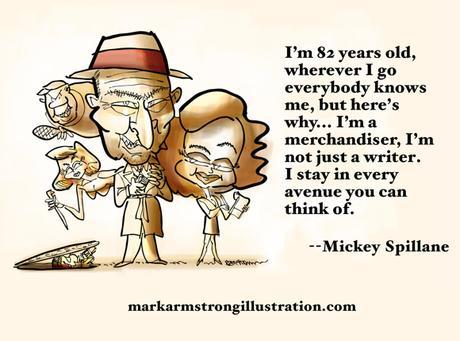What’s a portfolio delete, you ask? It’s a work sample you’ve deleted from your portfolio.
My “regular” portfolio is a separate album on my Facebook Page. But I also have the equivalent of a portfolio on my LinkedIn profile: work samples. I limit both portfolios to 20 pieces.


Maybe it was too weak. Maybe you decided it was sending the wrong signal about what kind of work you’re looking for. Maybe you tried to include too many pieces in your portfolio, and no one wants to wade thru it all.
Usually though, I suspect it’s because some pieces are old. That was the case with me recently. I deleted 6 work samples, and replaced them with newer work.



I like to think I learn a little something every time I do an illustration. Here’s a quick look at my 6 portfolio deletes and what I learned from each.


Lessons: Infographics can be funny and entertaining. They can even become part of one’s brand. (RBC’s client reports use lots of pie charts and bar graphs to convey complex financial information.)
Also: infographics work best when you narrow their focus– it’s a mistake to try to cram too much information into them.

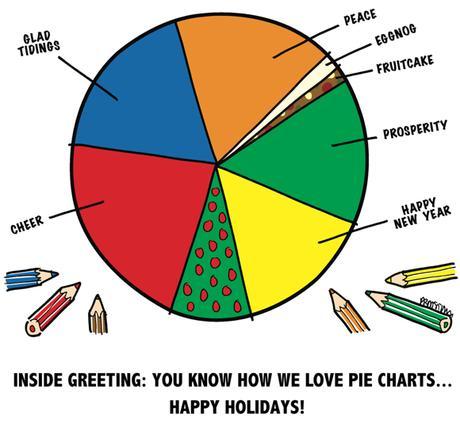

Lessons: Use hi-res images and do the necessary research: most headers require specific dimensions. Headers display differently on different devices, and certain areas may get overlaid. Do a search for tutorials. Use a template, if one is available.
Also: Any project is a chance to demonstrate your expertise. (I wrote a how-to post after creating my header.) Header images are part of your brand. A fuzzy incoherent image creates a very poor impression.
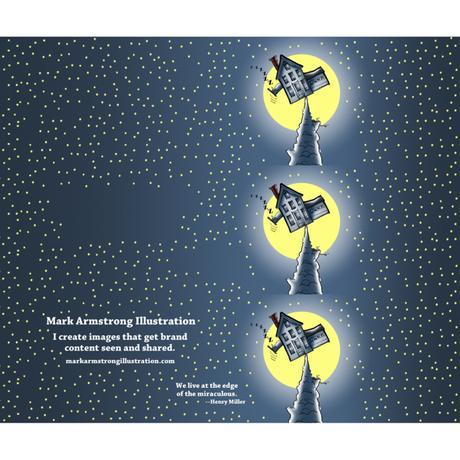
Lessons: Every assignment is a chance to expand your skill set. I created this image in Photoshop. Previous to this assignment, I had never applied text to a path. I learned how to do it to create the effect you see below. It was also my first exposure to “sales triggers.” Learning about them give me a better grasp of marketing techniques.

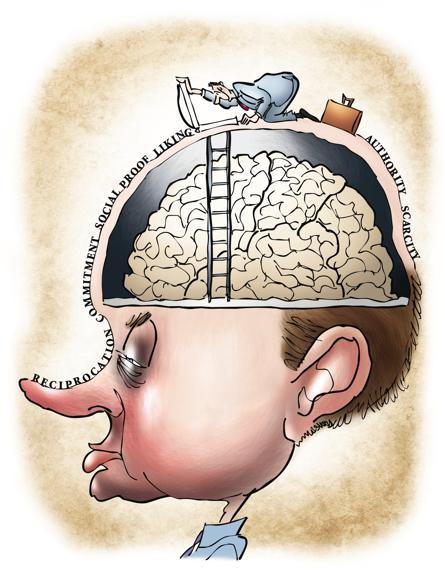

Lesson: I had fun with this assignment, but for me, it’s a reminder that you can’t do better than the market you serve. This was one of 5 illustration assignments for a particular client. They all required a lot of research, a lot of time, and I had very little artistic freedom. (The editor usually had a very specific idea in mind– this particular drawing
was the lone exception.)
All for very little pay.
My fault entirely. A painful lesson, and, I think, one every freelancer makes at some point. You cannot– you simply cannot– undervalue your work by accepting assignments which pay less than your work is worth. By doing so, you will attract similar clients– and be trapped in a vicious cycle. You cannot get the clients you want, if you accept work from clients you do not want.

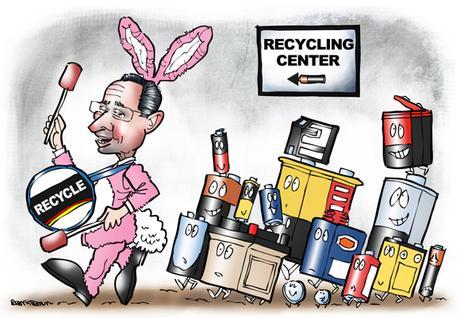

Lessons: Every freelance creative has to be a businessperson. You have to embrace that side of it, because– unless you’re a superstar with an agent and/or clients constantly beating on your door– you have to market yourself. You have to be proactive about pitching projects and seeking new clients.
What does being proactive mean? Writing the guest post forced me to think the matter thru, to identify specific steps. That’s an invaluable lesson for anyone.

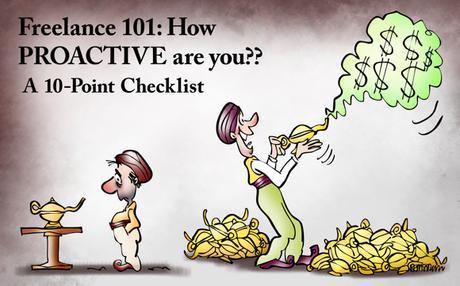


Lessons: Never miss an opportunity to “repurpose” your work. (I’m recycling Mickey here yet again.) Content marketing and social media aren’t new. Spillane was practicing both a long time ago. (His first bestseller was published in 1947.)
Most importantly: Being a “starving artist” is a conceit. Creatives need to be merchandisers. The whole idea is to actually make a living doing what you like to do.

